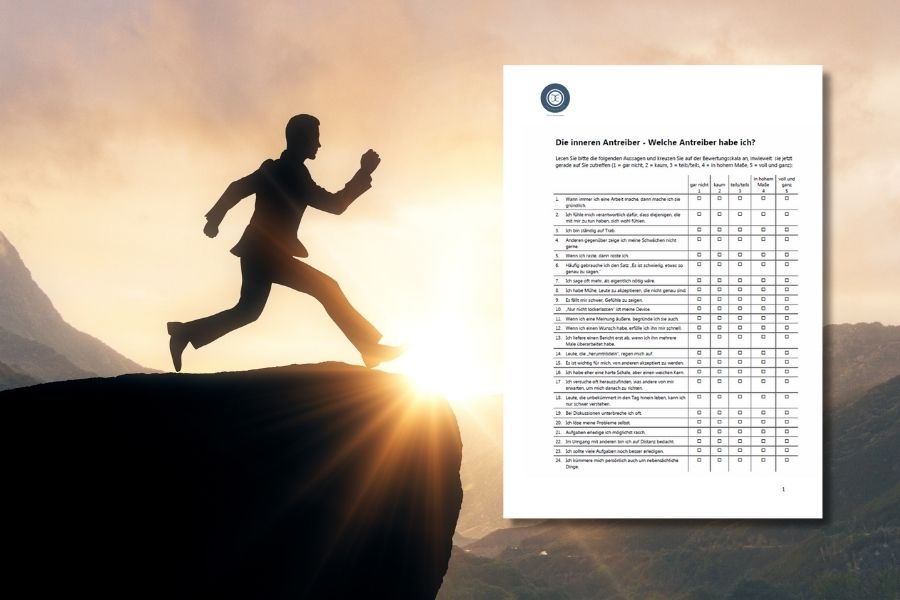
The 2017 World Happiness Report reveals that work-life balance has become one of the strongest predictors of happiness. A recent employee satisfaction survey (n= 389) conducted by Eagle Hill Washington DC, disclosed poor work-life balance (67.1%) as the number one element that would make professionals across different industries leave their current employer, above compensation (66.8%) and job security (55.3%).
From Europe to India (the latter ranking extremely low when it comes to the work-life balance of employees according to Arcadis, 2015), the need for better work-life interventions has increasingly been acknowledged by a number of companies across sectors around the world. Yet, work-life balance is probably the most misunderstood concept of the corporate environment.
First, the common work-life balance model suggests two poles on a scale that simply don´t exist. At least I have not seen dead men working so far (I have seen Dead Men Walking, though ;-). That is, usually those who work are still alive, right?
Second, the idea of a balance implies that the key to leading a satisfied life is an equal distribution of our private and professional commitments. In the end, we could conclude that the more we work, the more time we simply need to invest into our private affairs. It would all be in balance then.
Unfortunately, I have met more than one person (including me) who tried to do this. These people (especially working women) had worked more than 9 hours, before running to the supermarket to buy some healthy food for dinner, before picking up and caring for their children, before cooking and tutoring their kids homework, and finally completely stressing themselves out in order to make it to their yoga class on time. On the surface their lives were in a complete balance, because they managed to dedicate an equal amount of time to their job and the rest of their life. Yet, their libra was about to collapse from the heavy weights on each side. Leading a satisfied life is thus rather connected to the decision to not balance out full working days with social or recreational pursuits or not work that much, on a day you want to have more time for yourself or your family members.
Third, those who believe that life doesn´t mean work, obviously haven´t had the fun yet to have kids in puberty, old parents, bored friends or trained for a marathon. How can anyone actually decide what belongs into the pan of work and what belongs into the pan of life?
Fourth, reading the Cambridge Dictionary definition of work-life balance “The amount of time you spend doing your job compared with the amount of time you spend with your family and doing things you enjoy”, one has to believe that it is basically impossible to enjoy the time you spend with doing your job. To me, however, that´s simply a lie. Sitting in my quiet office on an early Monday morning with a cup of coffee after a packed weekend with my family and my friends can be absolutely recreational.
Fifth, whether individuals are satisfied with their work-life balance, is not simply a matter of what companies offer their employees. Flexibility in the job and work-from-home options are only one part of the story, the other part, and probably even more important, is the individual´s own clarity about what he or she wants to achieve in life.
In my talk (and my upcoming book), I critically examine the current model of work-life balance as discussed in many bestselling “how-to-books”. A new model for achieving more satisfaction and control in matters of one´s private and professional life, called “Patchworking-Life” is being introduced. The concept includes 9 important principles every employee should reflect upon and account for in order to find his/ her „perfect“ mix of work and life. Thank you Capgemini for inviting me. It was a great pleasure for me to inspire and discuss with your experienced and potential leaders.
Mehr lesen










